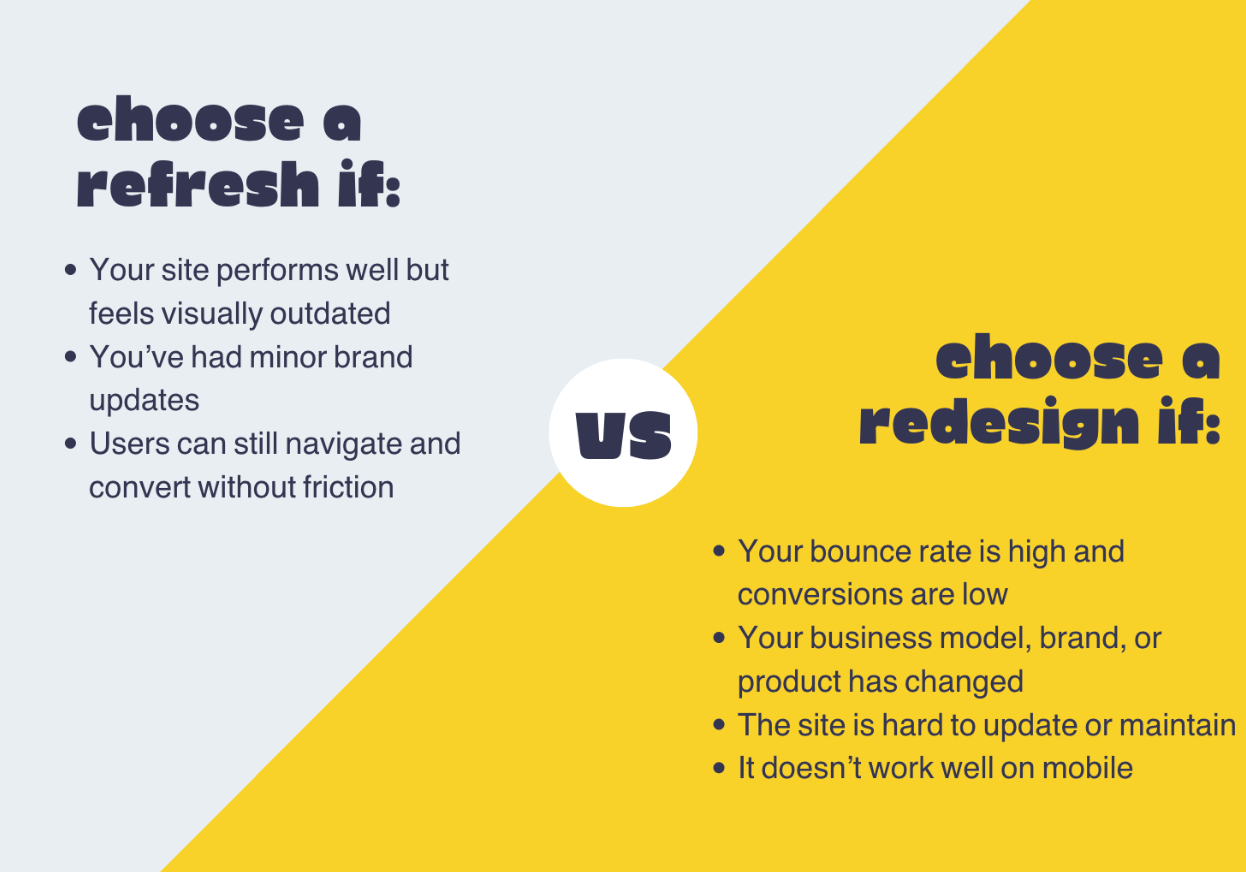What is the Role of Storytelling in Design?
Storytelling was not invented yesterday. Long before the advent of writing, people told entertaining or educational stories to one another. The first elements of graphic storytelling can be seen in cave paintings. Although humanity has evolved markedly since prehistoric times, visual storytelling tools are still commonly used today.
Storytelling in design allows transferring consecutive information through visual means. To build trust, establish connections with your audience, you need to engage with them at a deep level. Storytelling can help you on this path, as it’s known to have a substantial emotional impact on people.
Today we will delve deeper into determining the role of storytelling in design and discovering its impact.
What purpose does storytelling in design serve?
Many people don’t understand how storytelling and design interconnect, which led us here in need of explaining the role stories serve when it comes to bringing the power of design to a whole new level. Here are some ways in which storytelling contributes to design.
Storytelling breeds trust
Storytelling is a powerful tool. Its effectiveness can be scientifically proven . Merely hearing a compelling story can boost the production of oxytocin – a hormone that induces positive emotional responses such as trust, empathy, and helps with managing levels of stress, anxiety.
Stories also often stick with us, as they’re much more easily remembered than unstructured or unorganized information. It is confirmed that only 10% of heard information will be remembered past the 3 days mark. But if you add a visual part – an image or a video, about 65% of the information will be remembered.
That happens because visual information, like pictures or video, is stored in long-term memory, while textual information – in short-term memory. This is what makes storytelling such an important aspect of design – because it’s usually supported by visuals, it allows for a certain message to transmit a lot more effectively, as well as preserve for a long time within the brain. Information has been proven right by researchers time and time again.
Speaking of research – if you need some highly professional aid with your academic papers, you should merely contact the best paper writing service and all your needs will be met with swiftness and efficiency.
Storytelling in design speaks to emotions
Stories can evoke different emotions which can be conveyed through design. As soon as a good story is created, the brand starts brimming with life, design stops being lifeless as well as irrelevant in the eyes of consumers.
People like brands that have a story behind them. We can illustrate it by referencing some well-known companies. A great example of storytelling in design is Santa Claus of the Coca-Cola Company. Their corporate colors are red and white, so the company’s marketers created a character that visually mirrors their design. It is also a character that many kids and adults know, love, trust, and associate a lot of positive emotions with. A similar concept is brought to life by McDonald’s company – their famous clown shares the company’s name along with its classic colors. This design was conceived to appeal to a new audience – children since fast food originally was heavily looked upon in American families. Both these characters were used profusely in stories that many of us still hold dear to our hearts. This is what a symbiosis of design and storytelling can achieve.
Do you need to write a paper about storytelling and design, but don’t know where you should begin? If so, Online Writers Rating can give you some great ideas regarding professional writing services you can entrust with such a task.

Storytelling addresses us individually
Today storytelling is moving towards personification – we leave behind stories about brands and choose to tell stories about ordinary people. Within these new characters everyone can see their own traits, so experiences of stories’ “heroes” become close and understandable to consumers. The more personalized a story is, the easier the average consumer can understand it, and the chance that it will ultimately impact the audience becomes greater.
Storytelling facilitates affiliation with users
A crucial step in design creation, as well as strategy building, is learning about the audience, realizing their wants, needs, problems, meanwhile developing the best ways to address them. This is where the power of storytelling lies – it allows getting into the audience’s shoes and recognizing the best ways one can influence them. That said, the benefits of storytelling transcend this concept. It doesn’t just let a company learn more about customers, but allows said learning to be mutual, humanizing companies and building a stronger connection between customer and brand.
Storytelling elevates user experience
Any product contains some kind of message, and storytelling helps to convey it to people in a more lively and exciting way. In terms of user experience, the story is revealed with every element of design, so it should be presented consistently and clearly.
A typical user is a character with certain characteristics and perceptions of the product. Usually, one relies on the product’s characteristics to appeal to them, but storytelling helps to introduce these characters, invested users along with them, into the narrative.
A story is a fascinating way to not just introduce customers to a brand or product but to instantly draw a connection between them, setting the former on a well-designed journey that will both create an engaging and insightful user experience, but also deliver the user to an exact place the narrator intended them to be.
There’s nothing more powerful than good stories
Well-conceived stories are inseparable from efficient design and marketing today. With a huge amount of “information noise” that surrounds people every day, storytelling helps not only drawing the consumer’s attention to the brand or product but also persuading them of interacting and emotionally connecting with it without using excessive means of suggestion. Hopefully, our article helped you recognize and appreciate the role that storytelling plays in design and paved the way for you to use it more effectively.
BIO:
Donald Fomby is a skilled writer as well as a dedicated researcher who likes to uncover facts, infusing topics she tackles with practical advice and new insightful tips. He has experience as a marketer and consultant for a well-known resource that covers student’s college admission essay writing service needs. It makes him uniquely qualified to address many pressing issues and comment on modern practices in the realm of design and marketing, writing easy-to-read articles even unseasoned readers will appreciate.
The post What is the Role of Storytelling in Design? appeared first on Olive Street Design.



















